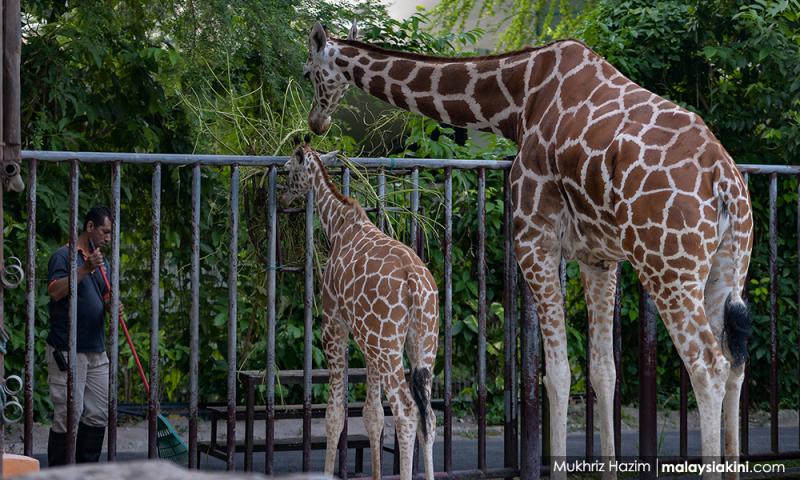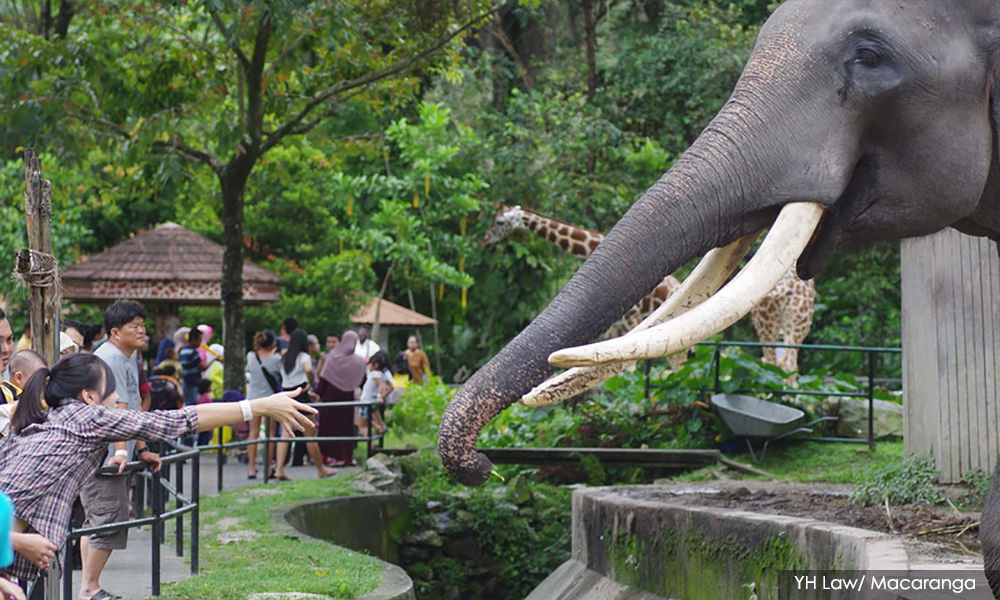Zoo's role in wildlife conservation
With the Covid-19 pandemic under control, zoos and aquaria in Malaysia might have averted a funding crisis for now. However, the question remains as to why wildlife is kept captive in the first place.
By definition, a zoo is a place where captive wild animals are exhibited. It is short for "zoological park or garden". Meanwhile, marine animals are exhibited in aquaria.
However, the rise of the local conservation movement in the 1970s has prompted demands for these parks to evolve beyond mere exhibition space.
“If a zoo doesn’t think about the wild relatives of the animals it is keeping, what makes it different from a circus, where people pay to see a spectacle?” asked a conservationist on condition of anonymity.
“If all you do is tell people that lions are six-feet long and have two cubs a year, that’s just information. Modern zoos need to find legitimacy by highlighting the fact that these animals exist in the wild.
“And if they are in trouble in the wild, something is being done about it. Otherwise, it’s just a business.”
Zoo functions
In Malaysia, "exhibition" does not even figure in the Department of Wildlife and National Parks Peninsular Malaysia (Perhilitan)’s definition of the roles played by zoos and aquaria.
Instead, the roles mentioned are “research, education, training, conservation and recreation” but with the caveat that “the functions that each park is able to fulfil depends on its available facilities and expertise.”
There is a holy grail of functions whereby parks can serve conservation, said Kevin Lazarus, chairperson of the Malaysian Association of Zoological Parks and Aquaria (Mazpa) (see below).

While all these functions have yet to be fulfilled by local zoos, he said the easiest to implement is conservation education, which “all parks do”.
In Malaysia, where 70 percent of the population live in towns and cities, their value for nature education is undeniable.
“Zoos are important focal points for conservation education for urbanites,” said Melvin Gumal, director of the Malaysia Programme for the Wildlife Conservation Society.
“This is especially so if there are not many alternatives to appreciating wildlife.”
Kevin agreed, saying: “There’s nothing like being able to experience animals first-hand. Of course, if you can see them in the forest, it’s better. But how many people can go to the forest?
“And when you are there, the chance of actually seeing wild animals is actually very low.”
In educational outreach, a minimum is (to provide) good signage, he said.
Mazpa is encouraging its members to list the animals’ wild habitats and their endangered status.
“Of course, everyone can improve; in the end, it is up to the parks.”
But active educational programmes are more effective, he added. In Taiping Zoo and Night Safari, of which Kevin is a director, this is borne out in the heartening responses to classes and guided tours for students and adults.
“When people stand in front of a tiger exhibit and the tiger suddenly jumps into a pond, they are startled because they think (big) cats can’t swim. It’s a chance to tell them more and increase their appreciation of the wild animal.”
Better management
The management of Malaysian zoos and aquaria has come a long way, Kevin said.
The linchpin to this was the 2010 revision to the Wildlife Conservation Act and the accompanying 2012/2013 regulations, which specifically addressed park licensing and management.
Thereafter, parks were given two years to comply with regulations or close down.
“So from seven to eight years ago, we started seeing improvements."
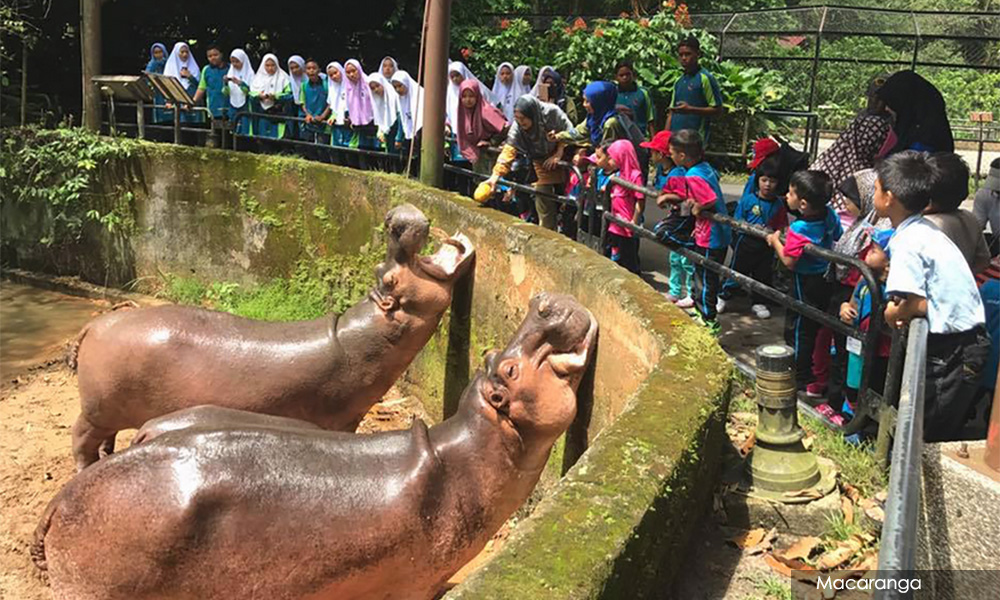
“Now, in terms of the size of exhibits, all have complied. They are focusing on layout and landscaping – every park should be doing this – as well as good signage and educational activities especially for schools.
“We don’t allow animal shows any more – the focus has to be natural behaviours and education,” he added.
Even during the pandemic, Perhilitan as the park licensing agency for Peninsular Malaysia, asserted that park operational regulations and the Act were adhered to by the licensed parks, particularly in terms of animal welfare.
Gene banks
Gumal also highlighted how important zoos are as genetic arks.
“There are instances where some of the trafficked wild animals (that have been rescued by authorities) cannot be released and zoos become a useful home for them and their wild genes. The keeping of these animals forms insurance (against the loss of wildlife).”
The National Policy on Biological Diversity 2016–2025 recognised zoos and aquaria as ex-situ (not in the wild) conservation solutions. Specifically, they are part of the strategy to "safeguard key ecosystems, species and genetic diversity".
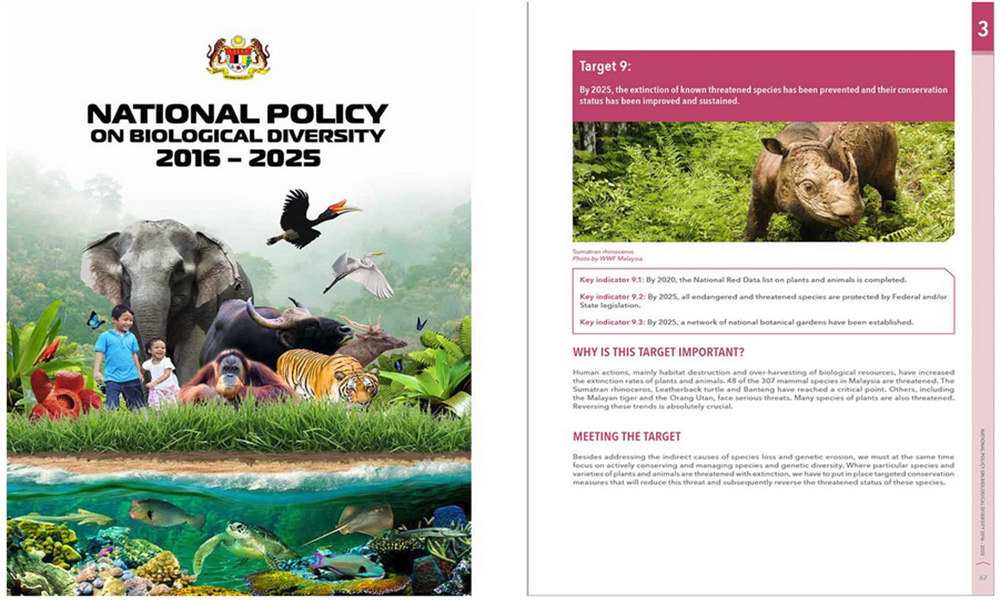
The policy stated that not every species can be conserved in the wild.
“Although the preferred way of conserving wild species is within healthy natural habitats, we need to acknowledge that not all species or varieties of animals and plants can be guaranteed to survive under current conditions in their natural habitats,” it said.
The policy adds that it is crucial that “all zoos and wildlife parks are managed to a high standard, safeguard animal welfare and promote conservation”.
For Malaysia, continued forest loss and habitat fragmentation make ex-situ conservation more crucial than ever.
Progress on targets
According to Malaysia’s latest national report to the Convention on Biological Diversity (CBD) on March 4, progress on endangered species conservation targets has been made “but at an insufficient rate”.
Specifically, these were targets to conduct conservation assessments of plant and animal species and to enact legislation to protect endangered and threatened species.
However, the report highlighted the success of government wildlife rescue and captive breeding programmes to rehabilitate threatened species.
In Sabah and Sarawak, the report singled out the rehabilitation programmes for the iconic and critically endangered Borneon orangutan.
Around 150 animals are being rehabilitated respectively by the Semenggoh and Matang Wildlife Centres run by the Sarawak Forestry Department, and the Sepilok Rehabilitation Centre which is managed by the Sabah Wildlife Department.
In Peninsular Malaysia, the report noted Perhilitan's successful breeding programmes for 12 endangered species (see list below).
No figures were available for each species but the programmes included the gaur and the Malayan tiger, both of whose populations are estimated at a mere 150–200 in the wild.
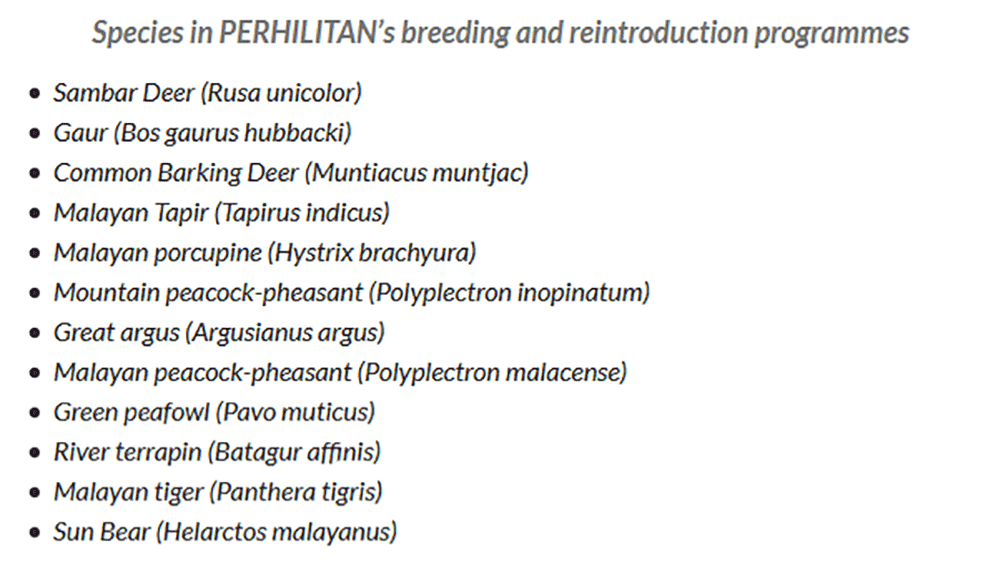
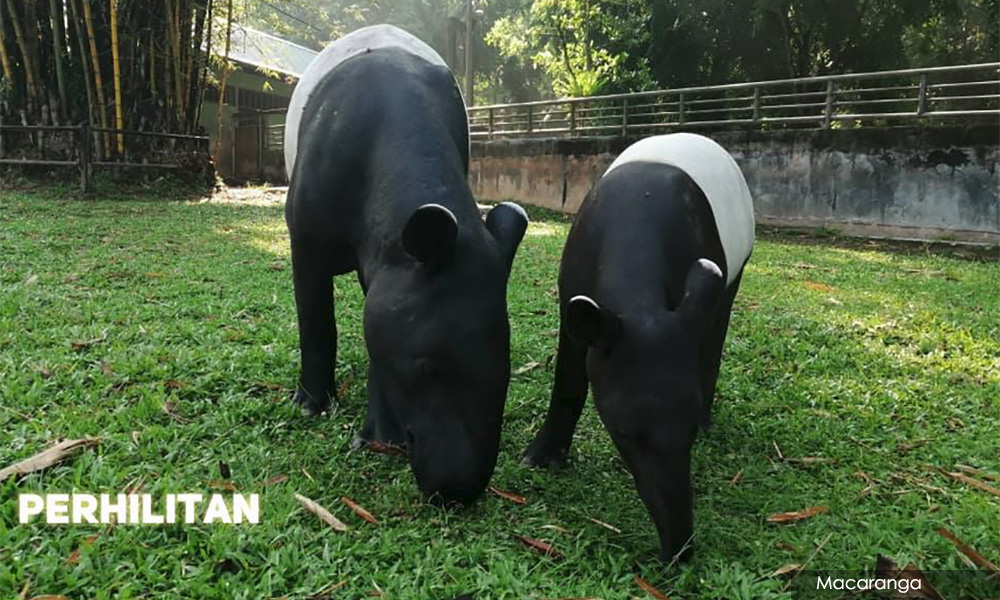
The world’s first Malayan tapir twins were born in captivity at a Perhilitan wildlife conservation centre in 2007. As of April this year, 16 tapirs have been captive-born in that centre.
These programmes were carried out in Perhilitan’s 11 wildlife conservation centres and two wildlife rescue centres as well as in government and private zoos.
The report’s highlighted breeding programmes were largely carried out by wildlife conservation centres – different from zoos – whose role is to rehabilitate wildlife.
However, Perhilitan emphasised that zoos are “important partners” in its breeding and rescue programmes.
“As the agency responsible for carrying out wildlife conservation activities, we take the approach of cooperating and sharing expertise with parks to help us carry out programmes.
“As such, we are of the opinion that the existence of zoos and permanent exhibits are relevant and play important roles in supporting the department’s efforts in conservation,” it said.
Partners in rehabilitation
Perhilitan added that besides being actively involved in wildlife breeding, parks also house wildlife that has been given up by the public, injured, seized or born in captivity with the department’s permission.
In addition, the parks help with the animals’ rehabilitation process before the department releases them back to suitable habitats. However, those with permanent injuries and those who cannot return to the wild become “ambassadors for public awareness”.
Taiping Zoo alone had successfully bred 14 endangered species. One such breeding programme, the Milky stork, goes back to the 1990s, Kevin said, giving the zoo decades of scientific data and experience on breeding and reintroducing them to the wild.
According to Malaysia's report to the CBD this year, while the government remains the major source of funding for biodiversity, species conservation as a whole “faces challenges of securing consistent funding”.
Conservation and other environmental sectors have traditionally not been a priority for the government. For example, in Budget 2019 and 2020, the federal allocation specifically for biodiversity was around RM60 million out of some RM300 billion - a mere 0.0002 percent.
Addressing this will go a long way in helping wildlife conservation in all its forms. That includes boosting the roles played by zoos and aquaria.
Future-proofing
“It would be hypocritical to completely ignore the viable conservation solutions offered by zoos,” said the anonymous conservationist.
“And I must give credit to many zoos who have created ways to fund themselves or have managed to get grants.
“But zoos and authorities must ensure there is a sustainable financing plan prior to operations. Arguably, the fate of current captive individuals and potential future ex-situ programmes to save their wild brethren, are at stake.”
Malaysia has had to navigate at least four major financial or health crises since 1997. As this crisis is being wrestled under control, are parks ready to build more resilience against such future shocks?
Not yet, said park operators. Currently, they have their hands fully tied with fund-raising and enticing visitors back. Other models will have to wait.
Related report:
Part 1: Should we save zoos during Covid-19 crisis?
This article was originally published on Macaranga, a journalism portal covering environment and sustainability in Malaysia. This is the second of a two-part series on zoos and aquaria in its Taking Stock series. Research done by Darshana Dinesh Kumar and contributions from naturalist/photographer Cede Prudente.
The views expressed here are those of the author/contributor and do not necessarily represent the views of Malaysiakini.
RM12.50 / month
- Unlimited access to award-winning journalism
- Comment and share your opinions on all our articles
- Gift interesting stories to your friends
- Tax deductable
